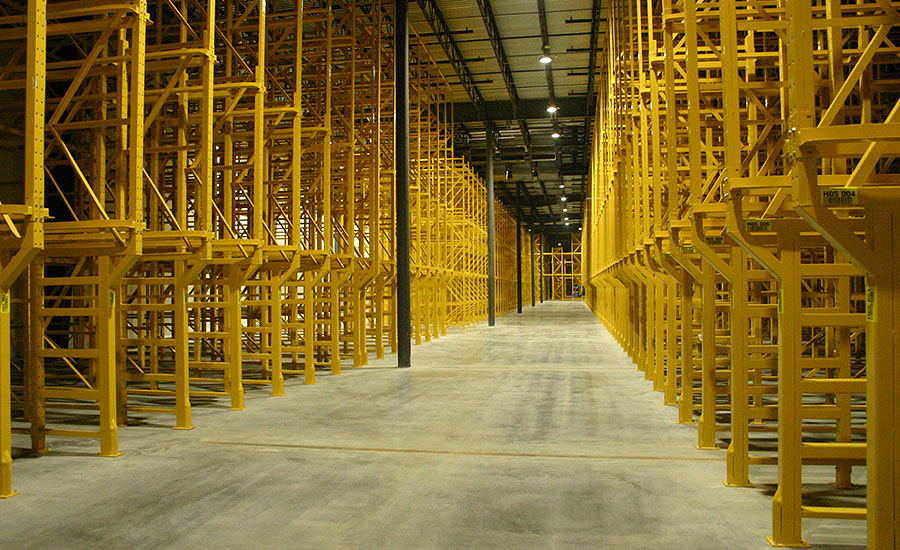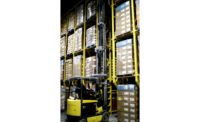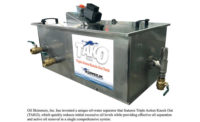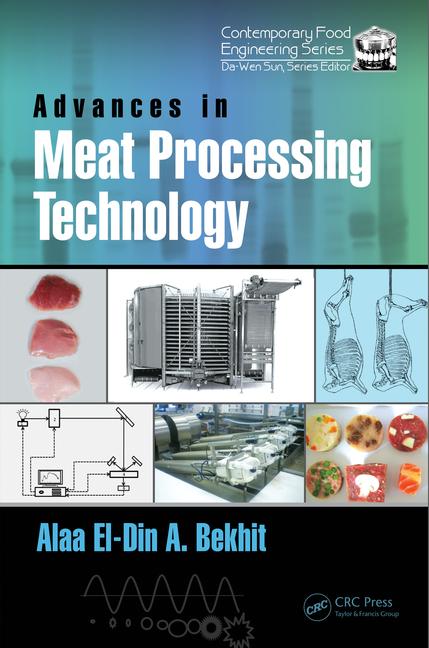The nation’s network of frozen and refrigerated distribution centers forms a logistical supply chain that is vital to our food safety, in which every square inch of storage and every movement of product must be efficient. A challenge occurs, however, when frozen storage must be expanded across an irregular landscape that makes traditional, space-efficient, rectangular warehousing impossible.
To continue the growth of its distribution centers in the national logistics supply chain, Zero Mountain, a premium cold-storage warehousing-services provider, had to expand its frozen storage and cooler capacity at its Fort Smith, Ark., facility. The company freezes, stores, and ships an estimated 2 billion pounds of frozen food and meat annually for a number of Fortune 500 companies.
“We needed to expand our warehouse 100,000 square feet between two existing buildings,” says Joe Rumsey, Zero Mountain’s President and CEO. “But the landscape didn’t allow for a traditional rectangular-shaped warehouse, so one side was built at a sloping angle. Still, because of the operational cost of frozen and cooler storage, the design had to maximize storage density, capacity, efficiency and durability.”
Looking to achieve these goals, Rumsey turned to Cisco-Eagle, a materials handling, automation and storage systems integrator, and Steel King Industries, a storage system and pallet rack manufacturer.
For freezer storage, the companies chose drive-in rack for its cost-effective, high-density storage capacity that requires fewer aisles and provides better cube utilization than selective rack. Drive-in rack enables storing up to 75 percent more pallets than selective racking and is ideal for high-traffic and cooler/freezer installations.
To maximize efficient freezer storage design with the warehouse’s untraditional shape, the companies varied racking depth from two to nine pallets deep. They also varied pallet opening heights, including some for 100-inch-high pallets for retail and some for 2,000-pound double-stacked pallets for export.
The result: An area of approximately 71,000 square feet holds more than 8,000 pallet positions, plus almost 300 pallet positions for blast cells where product is flash-frozen at minus-30 degrees F.
The drive-in rack used required exceptional strength to support up to 4,000-pound pallet loads of frozen poultry as well as the weight of HVAC equipment for six rack-supported blast cells.
Because forklifts drive directly into them, drive-in racks tend to take more abuse than other rack structures. Rumsey was concerned that the industry’s typical light-gauge, roll-formed rack would be prone to forklift damage and costly replacement.
As a solution, Zero Mountain chose SK3000® drive-in rack, a rugged bolted rack with structural channel columns, by Steel King. A number of rack features helped the company meet its strength, capacity and durability goals.
Compared with typical racking, the pallet rack constructed of hot-rolled structural channel column with full horizontal and diagonal bracing offers greater frame strength, durability and cross-sectional area. All Grade-5 hardware provides greater shear strength, and a heavy 7-gauge wraparound connector plate ensures a square and plumb installation with a tighter connection and greater moment resistance.
“The structural drive-in rack provides us with the strength, capacity and durability we need to withstand decades of use, where forklift impact is expected,” says Rumsey. NP









